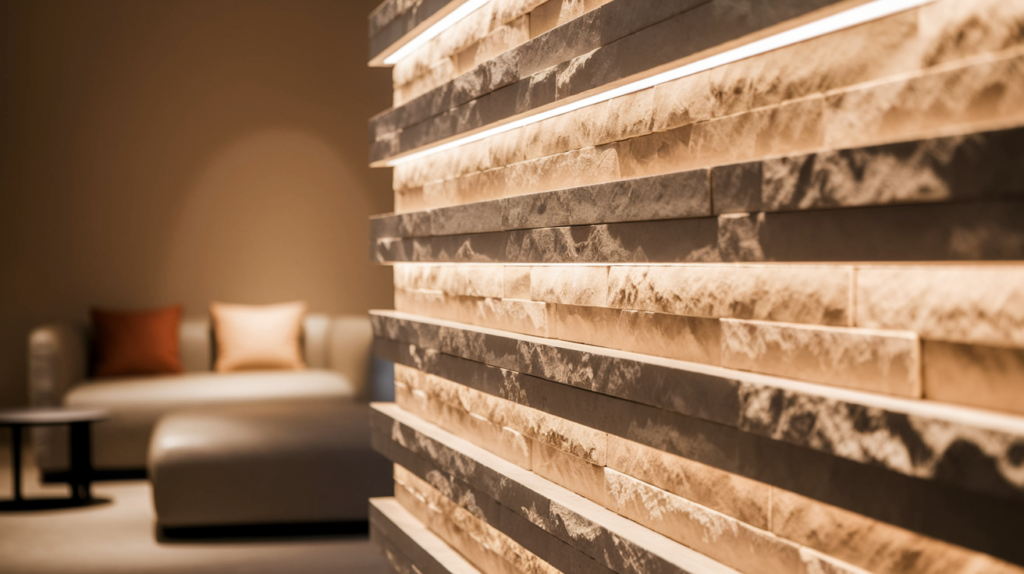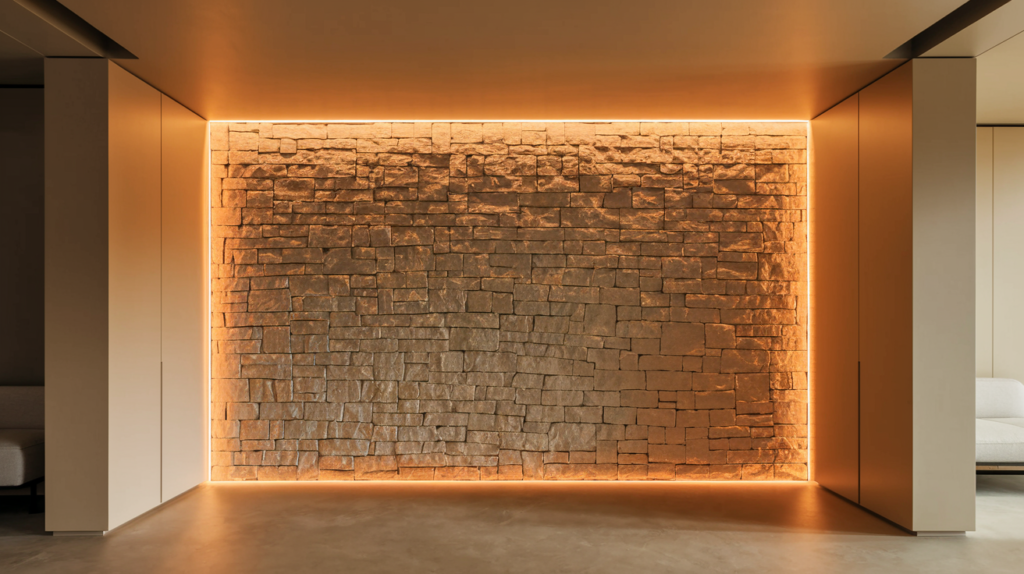Veneers are a popular choice when it comes to enhancing the aesthetic appeal and durability of a building. However, deciding between traditional building veneers and thin stone veneers can be challenging. Both options have unique advantages and drawbacks, and the right choice depends on your needs, budget, and project requirements. In this article, we’ll break down the differences between building veneers and thin stone veneers to help you make an informed decision.

What is Building Veneer?
Building veneer, often referred to as traditional veneer, is a layer of material applied to the exterior or interior of a structure to improve its appearance or provide additional protection. Common materials used for building veneer include brick, stone, wood, or synthetic composites. Traditional veneer is typically thicker and heavier than thin stone veneer, requiring a sturdy foundation and proper installation techniques.
Pros of Building Veneer:
- Durability: Traditional veneer is robust and can withstand harsh weather conditions, making it ideal for long-term use.
- Aesthetic Appeal: It offers a classic, timeless look that can significantly enhance a building’s curb appeal.
- Versatility: It is available in a wide range of materials, colors, and textures, allowing customization to match any design style.
Cons of Building Veneer:
- Weight: Its thickness and weight can make installation more labor-intensive and require additional structural support.
- Cost: Traditional veneer is often more expensive due to material and installation costs.
- Maintenance: Depending on the material, regular upkeep may be required to maintain its appearance.
What is Thin Stone Veneer?
Thin stone veneer is a lightweight alternative to traditional building veneer. It is made by slicing natural stone into thin layers or using manufactured stone designed to mimic the look of natural stone. Despite its reduced thickness, thin stone veneer retains the aesthetic appeal of natural stone while being easier to install and more cost-effective.

Pros of Thin Stone Veneer:
- Lightweight: Its reduced weight makes it easier to handle and install, often without the need for additional structural support.
- Cost-Effective: Thin stone veneer is generally more affordable than traditional stone veneer in terms of material and installation costs.
- Low Maintenance: It requires minimal upkeep and is resistant to weathering and fading.
- Versatility: Available in a variety of styles, colors, and textures, making it suitable for both interior and exterior applications.
Cons of Thin Stone Veneer:
- Durability: While durable, it may not be as long-lasting as traditional stone veneer in extreme conditions.
- Aesthetic Limitations: Some may argue that it lacks the depth and authenticity of full-thickness stone.
Key Factors to Consider When Choosing
- Project Scope: Due to its durability, traditional building veneer may be more suitable for large-scale projects or exterior applications. For smaller projects or interior accents, thin stone veneer is often a better choice.
- Budget: Thin stone veneer is typically more budget-friendly, making it an attractive option for cost-conscious homeowners or builders.
- Installation: Thin stone veneer is the way to go if you’re looking for a quicker and easier installation process.
- Aesthetic Preferences: Consider the look you want to achieve. Traditional veneer offers a more substantial, classic appearance, while thin stone veneer provides a modern, streamlined look.
Which Should You Choose?
The decision between building veneer and thin stone veneer ultimately depends on your needs and priorities. If durability and a timeless aesthetic are your top concerns, traditional building veneer may be the better choice. However, thin stone veneer is an excellent alternative if you’re looking for a cost-effective, lightweight, and low-maintenance option.
Both options have their unique benefits, and by carefully considering factors like budget, project scope, and design preferences, you can choose the veneer that best suits your needs. Whether you opt for the classic appeal of traditional veneer or the modern convenience of thin stone veneer, both choices can transform your space into a stunning and functional masterpiece.



